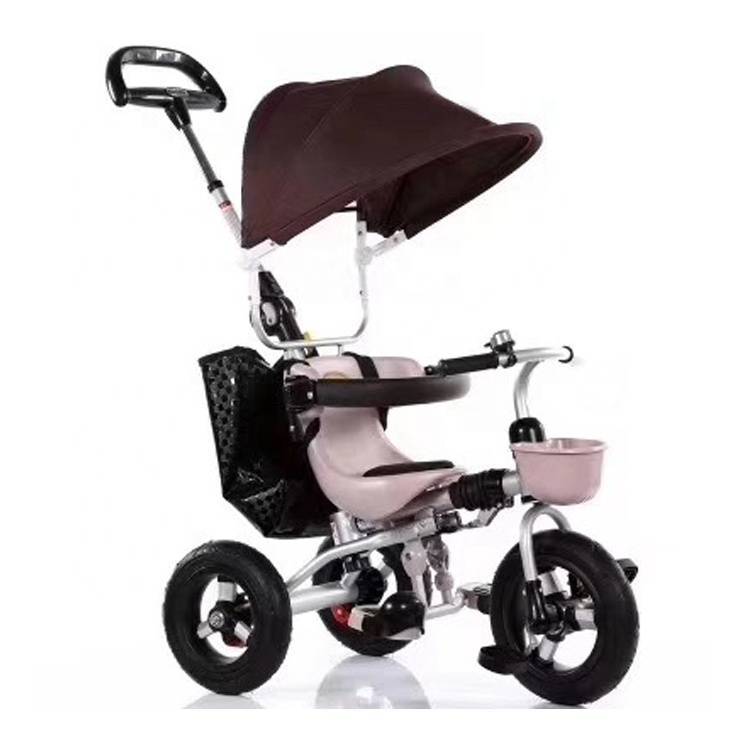Aug . 18, 2024 14:59 Back to list
Exploring the Benefits and Features of Two-Wheeled Scooters for Everyday Use
The Rise of Two-Wheeled Scooters A Sustainable Solution for Urban Mobility
In recent years, two-wheeled scooters have emerged as a popular mode of transportation, particularly in urban areas. These scooters, often powered by electricity, have revolutionized the way people commute, offering a blend of convenience, efficiency, and sustainability. As cities grapple with increasing traffic congestion and air pollution, two-wheeled scooters present a viable alternative that addresses these pressing challenges.
One of the primary advantages of two-wheeled scooters is their compact size. Unlike traditional vehicles, these scooters can easily navigate through crowded streets and fit into tight parking spaces, making them an ideal choice for urban dwellers. This maneuverability not only saves time for riders but also contributes to reducing traffic congestion. With the ability to weave through traffic, scooters can help alleviate the gridlock that plagues many metropolitan areas, promoting a smoother flow of movement.
The Rise of Two-Wheeled Scooters A Sustainable Solution for Urban Mobility
The cost-effectiveness of two-wheeled scooters is another factor driving their popularity. Compared to cars, scooters require less maintenance and their insurance costs are generally lower. Additionally, many cities have introduced scooter-sharing programs, allowing individuals to rent scooters for short periods. This accessibility makes it possible for more people to utilize scooters without the burden of ownership costs. As a result, commuting becomes a more affordable option for a wider range of individuals, including students and young professionals.
two wheeled scooter

Safety is an ongoing concern with the rise of scooter usage. While improvements are being made to urban infrastructure—such as designated lanes and parking zones—riders must also exercise caution. Wearing helmets, following traffic rules, and being aware of their surroundings are vital practices for scooter riders. However, many electric scooters are designed with features such as lights, bells, and reflective surfaces to enhance visibility and safety.
Incorporating scooters into the broader transportation ecosystem can further enhance their benefits. Public transit systems can integrate scooter-sharing options at transit hubs, creating a seamless transition for commuters. Additionally, promoting education about scooter safety and responsible riding can help mitigate challenges and foster a culture of safe usage.
Moreover, as technology advances, the design and performance of two-wheeled scooters continue to improve. Manufacturers are developing scooters with longer battery lives, faster speeds, and enhanced durability, making them more appealing to consumers. Features such as smartphone connectivity for navigation and scooter health diagnostics are becoming standard, providing riders with a more integrated experience.
In conclusion, the rise of two-wheeled scooters represents a significant shift in urban mobility. Their ability to reduce congestion, minimize environmental impact, and offer a cost-effective transportation option makes them a valuable asset in modern cities. While challenges remain, the benefits they offer—coupled with technological advancements—suggest that two-wheeled scooters will play an increasingly prominent role in shaping sustainable urban environments. By embracing this innovative mode of transport, cities can pave the way for a greener, more efficient future.
-
Best Kids Bikes 20 Inch - Top Rated BMX & Children’s Bicycles for 2024
NewsJul.05,2025
-
Stroller and Bassinet Combo Safe, Comfortable & Versatile Baby Travel Solution
NewsJul.05,2025
-
Best Bike for Kids 9 Years – Top 8 Year Olds Bicycle Pricelist & Factory Direct Supply
NewsJul.05,2025
-
Unisex 14 Inch Bike for Kids – Lightweight & Safe Ride for Boys and Girls
NewsJul.04,2025
-
Upgrade Your Strider Bike Easy-to-Install Pedal Kit for Smooth Balance to Pedal Transition
NewsJul.04,2025
-
Best Road Bike for 11 Year Old Boy – Lightweight & Safe Kids’ Road Bikes
NewsJun.10,2025
